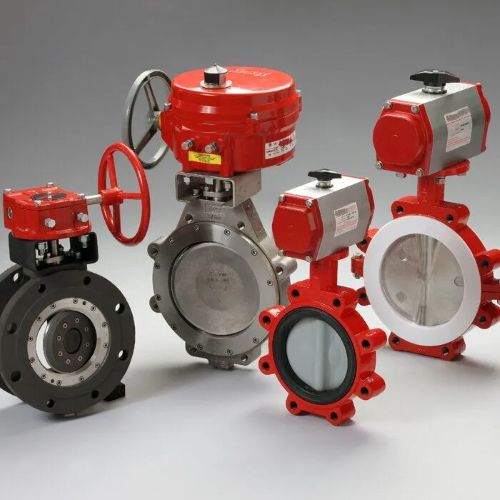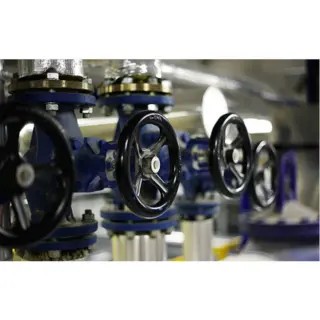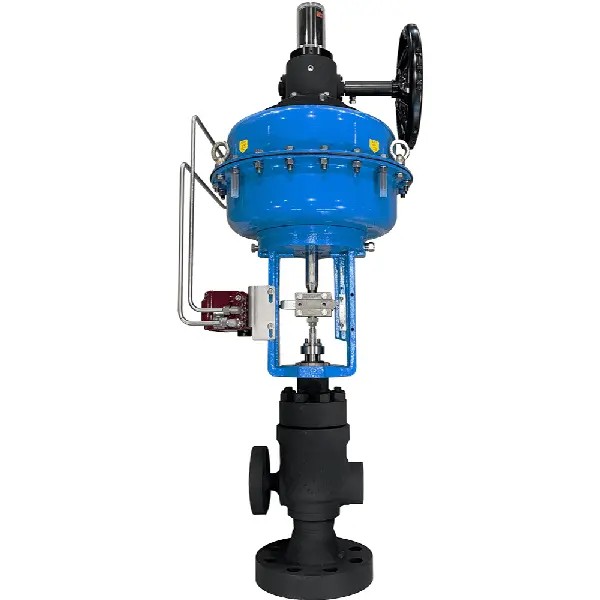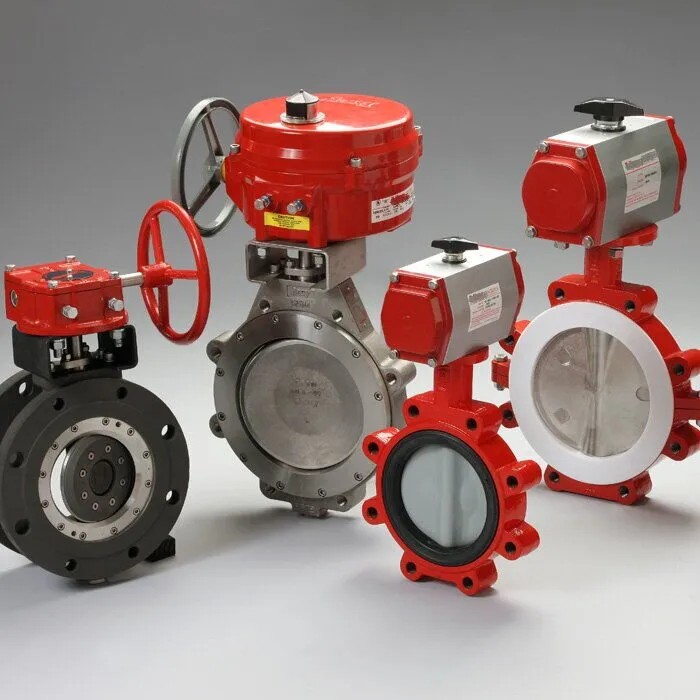Electric Ball Valves: A Comprehensive Guide to Functionality, Applications, and Maintenance
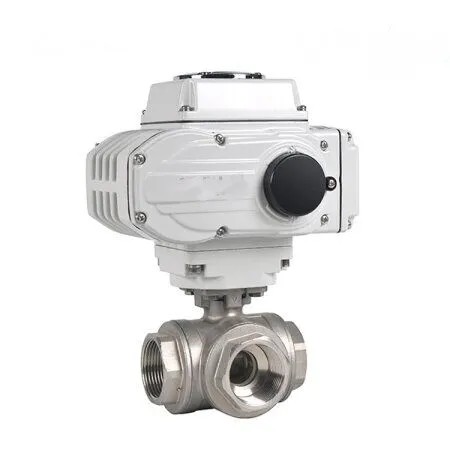
Strong 8k brings an ultra-HD IPTV experience to your living room and your pocket.
Introduction
Electric ball valves, often referred to as motorized ball valves, play a crucial role in today’s automated fluid control systems. These China Control Valves regulate the flow of liquids or gases by rotating a ball with a central bore, which is powered by an electric actuator. The actuator connects directly to the valve stem, enabling a 90-degree turn to either open or close the valve.
Thanks to their simple design, reliability, and adaptability, electric ball valves are widely used in residential, commercial, and industrial applications. From automated irrigation systems to HVAC units and manufacturing lines, these valves ensure efficient, hands-free flow control.
Depending on the system’s requirements, electric ball valves can be configured for on/off (2-way) control, 3-point flow redirection, or even precise modulation. Their compatibility with standardized ISO 5211 mounting flanges allows for easy installation and component interchangeability.
In this article, we’ll walk through how electric ball valves function, the different types available, common applications, and best practices for maintenance—giving you the insight needed to choose and care for these essential components.
How Electric Ball Valves Work
Electric ball valves are composed of two main elements:
The Ball Valve – A spherical valve with a hole (bore) that aligns with the flow when open and rotates 90 degrees to block the flow when closed.
The Electric Actuator – A motorized device that provides torque to rotate the valve stem and ball.
When powered, the actuator rotates the valve stem, which turns the internal ball. If the bore is aligned with the flow path, fluid passes through freely. When rotated perpendicular, the flow stops entirely. This efficient quarter-turn mechanism allows for fast, reliable operation.
The actuator can be remotely controlled or integrated into fully automated systems, offering precise and programmable control over fluid dynamics in a wide range of settings.
Types of Electric Ball Valves
1. On/Off (2-Way) Valves
These valves serve basic open/close functions, ideal for applications that require full flow or complete shutoff—such as in water supply pipelines or heating units.
2. 3-Way Valves
3-way electric ball valves have three ports and are used for flow diversion or mixing. They're commonly seen in HVAC systems or process control where fluid routing is needed.
3. Modulating Valves
These provide variable flow control by adjusting the valve position incrementally. They are key for processes requiring precise flow regulation, such as chemical dosing or thermal management systems.
Actuator Types
Quarter-Turn Actuators
Used with ball and butterfly valves, these actuators complete their motion in a single 90-degree turn, making them fast and energy-efficient.
Multi-Turn Actuators
More common with gate or globe valves, these actuators use a screw mechanism to produce linear motion, requiring multiple rotations to fully open or close the valve.
Applications of Electric Ball Valves
🔧 Water Supply Systems
Used in homes, commercial buildings, and industrial water management systems for reliable and automated flow control.
❄️ Heating and Cooling Systems
In HVAC setups, they manage the flow of hot or cold water, ensuring efficient temperature control and energy savings.
🏭 Industrial Processes
From chemical manufacturing to food processing, these valves handle various fluids, including corrosive and viscous materials, with dependable control.
📡 Automation and Remote Control
Perfect for integration into smart systems and SCADA environments, where remote monitoring and operation are critical.
Maintenance of Electric Ball Valves
Regular maintenance keeps your electric ball valves functioning optimally and extends their lifespan. Here’s how:
✅ Routine Checks
Visual Inspection: Look for leaks, corrosion, and physical damage.
Actuator Test: Ensure smooth and responsive operation.
Seal Check: Examine gaskets and seals for wear or cracking.
Electrical Inspection: Confirm that all wiring is secure and free from corrosion.
🛠 Lubrication
Valve Stem: Lubricate periodically to reduce friction.
Actuator Gears: Follow manufacturer guidelines for internal lubrication if applicable.
🧼 Cleaning
Exterior: Wipe off dust, dirt, and moisture regularly.
Interior: Clean internal parts during system shutdowns to avoid buildup or blockages.
⚠️ Troubleshooting Tips
Leaks: Tighten or replace seals and gaskets.
Non-Responsive Actuator: Check the power supply and wiring.
Sticking Valve: Clean, lubricate, or inspect for mechanical damage.
📆 Maintenance Schedule
Adjust intervals based on usage intensity and environment.
Keep records of all maintenance tasks and issues.
Follow manufacturer-recommended service intervals.
Conclusion
Electric ball valves are powerful tools for precise, automated control in fluid systems. Their simplicity, reliability, and adaptability make them a go-to solution across industries—from water management to industrial automation.
By understanding their functionality, selecting the right valve type, and performing regular maintenance, you can ensure optimal performance and a long service life. Whether for home automation or high-demand industrial systems, electric ball valves offer the control, convenience, and confidence you need to keep things flowing smoothly.Learn more about Google SEO.
Note: IndiBlogHub features both user-submitted and editorial content. We do not verify third-party contributions. Read our Disclaimer and Privacy Policyfor details.



